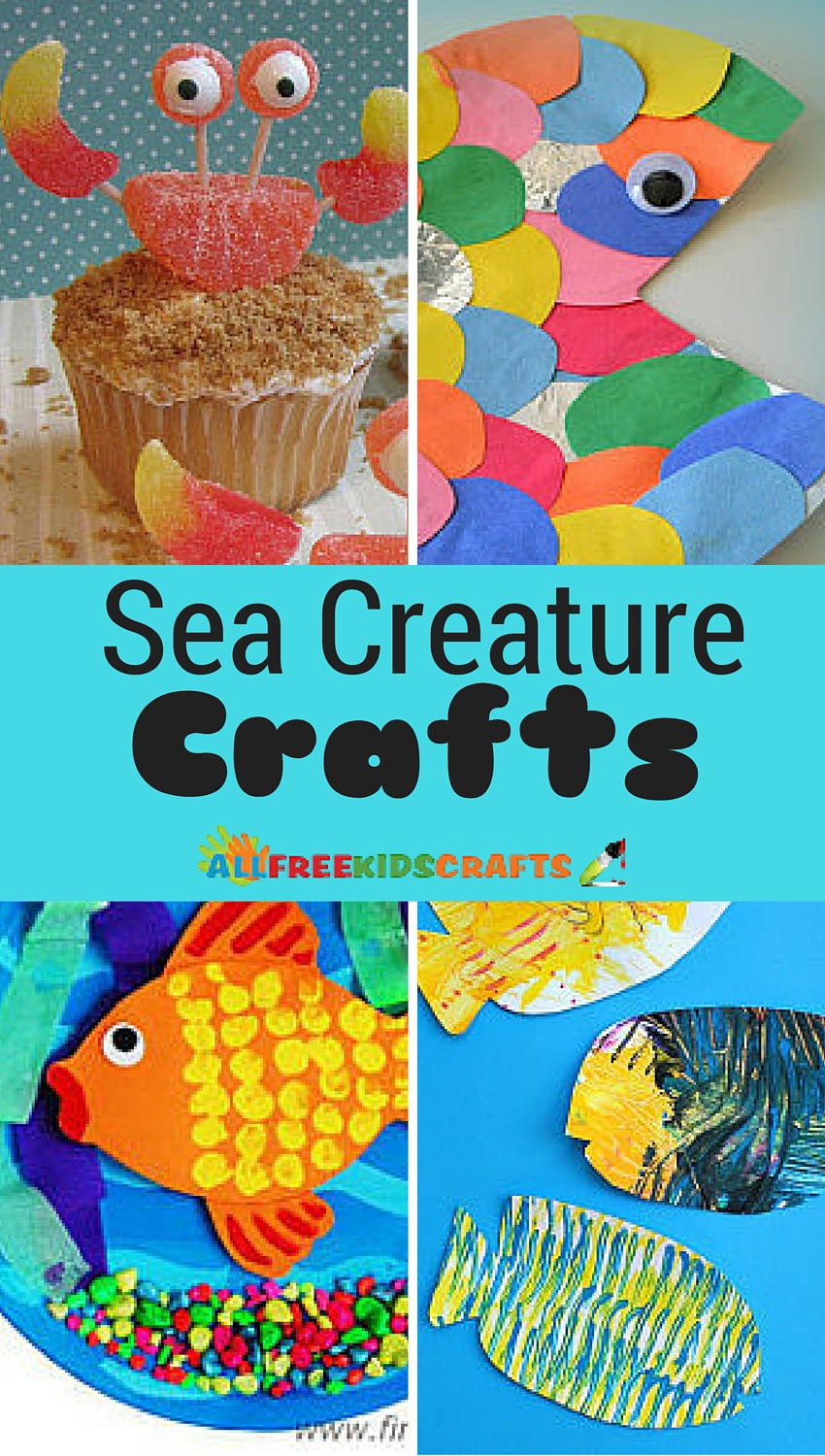

However, for working out the financial viability and bankability of the model project we have assumed the rate of interest as 12% per annum.
#Experiments on edible oyster spat collection at tutkorin free
A marketing tie up with the processing plant will have to be done for marketing of the product.īanks are free to decide the rate of interest within the overall RBI guidelines. The product can be exported in frozen, canned or in smoked form. However, there is great demand for oyster meat in international market and can be exported especially to South East Asian Countries. There is limited domestic demand for oyster meat as it is not conventionally eaten. The following assumptions have been made for working out the financial viability of the project as per the experiments conducted at Tuticorin. The rate of refinance is decided from time to time. NABARD provide refinance to the banks for their financing edile oyster farming activities. The entrepreneur is expected to meet 25% of the project cost out of his own resources and the balance of 75% will be available as bank loan. The unit cost indicated is, however, illustrative and actual cost will have to be worked out based on actual field conditions while submitting the project to the Bank. 120000/- while the operational cost for one crop works out to Rs 78000/. It can be seen from that the capital cost for 0.4 ha. Interested borrowers may be trained in oyster farming.ĭetails of the financial outlay have been indicated in Annexure II. Self Help Groups can also take up this activity in clusters. The Borrower should have experience in Oyster farming and should be able to manage culture, marketing and other related aspects. The biology of C.madrasenis, technical parameters required for the culture of the species and farming methods are described in detail in Annexure-I. Culture of these species is possible at places where the seed is easily available. C.rivularis is found along Gujarat and Maharashtra coast while Saccostrea cucullatais found all along the main land coast and Andamans and Lakshadweep islands. C.gryphoides is also euryhaline and occurs along north Karnataka, Goa and Maharashtra coast. madrasensis is the dominant species, more widely distributed, is euryhaline and inhabits backwaters, creeks, bays and lagoons and occurs in the coastal areas of the States of Orissa, Andhra Pradesh, Tamil Nadu, Kerala, Karnataka and Andamans. Of the six species of oysters, the Indian backwater oyster C. The first four species mentioned above are of commercial value. Six species of oysters namely the Indian backwater oyster Crassostrea madrasensis, Chinese oyster, C.rivularis, West coast oyster, C.gryphoides, Indian rock oyster, Saccostrea cucullata, Bombay Oyster, Saxostrea cucullata, and giant oyster Hyostissa hyotis are found in India. The site selection criteria is indicated in the annexure - I. Being filter feeders, the oyster converts primary production in the water into nutritious sea food. Vast stretches of backwaters, estuaries and bays present along Indian coast harbour natural population of the oyster suggesting suitability of the habitat for oyster culture. Central Marine Fisheries Research Institute undertook scientific investigations at Tuticorin from early 70's and as a result, complete package of the technology is now available in the country. Standardizing the technique of spat collection is an important aspect in oyster farming.In India pioneering attempts were made by James Hornell in 1910 in developing Oyster Culture in erstwhile Madras state.


 0 kommentar(er)
0 kommentar(er)
